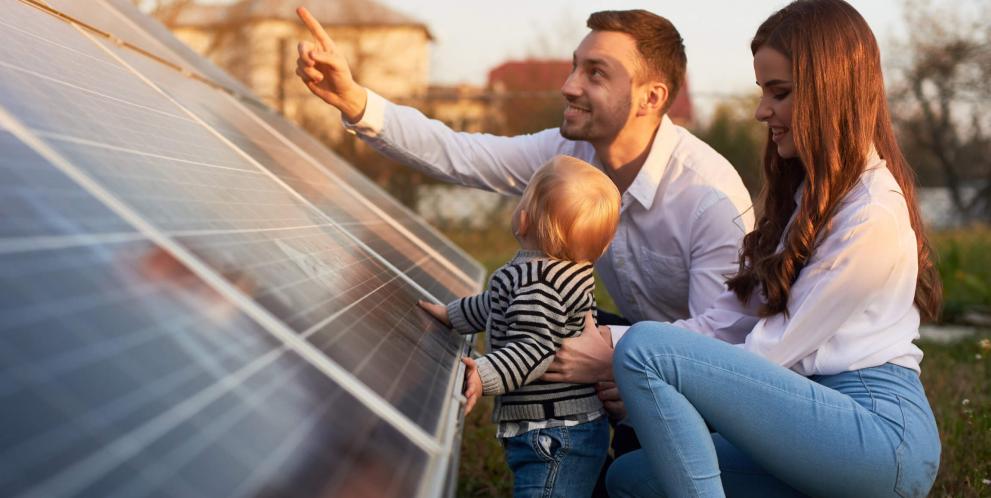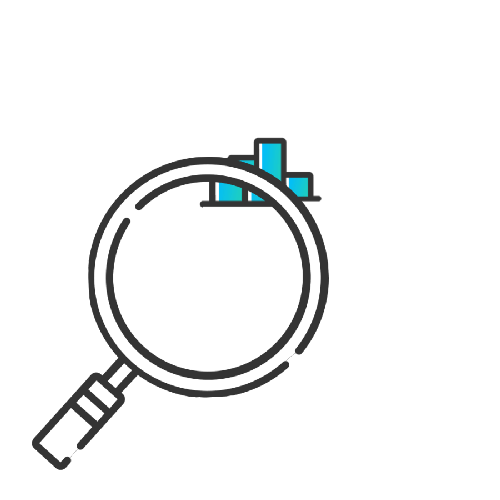Error message title

Error message title
Searching great energy plans for you
What is the cost and payback time of a home solar system?
Australia. The ‘sunburnt country’. And the perfect place to harness the power of solar.
With more than 2 million Australian households now enjoying the benefits of rooftop solar panels, are you considering changing the way you source and store your energy?

The benefits of switching to solar energy
When it comes to investing in a solar PV system it’s important to make the right choice for your unique home and lifestyle. However, using solar power at home has many benefits, including:
- Reduced impact on the environment
Solar produces no direct greenhouse gas emissions. - Potential cost savings on your power bills
You will be using power from your solar panels during the day rather than solely from the electricity grid. - House-appeal
A solar photovoltaic (PV) system is a popular feature and may add market value to your home. - Financial incentives from government schemes
Under the Australian Government's Small Scale Renewable Energy Scheme, eligible households receive money for small-scale technology certificates (STCs). You may receive either an upfront discount off the cost of your solar PV system, or a quantity of STCs that can be created and sold following installation to recoup some of the cost. - Solar feed-in tariff (FIT) payments
These are payments you’ll receive for any extra solar energy you generate that goes back into the electricity grid. This appears as credit on your electricity bill and is deducted from the total amount you owe. Learn more about solar FIT rates and eligibility here or see below for our current standard solar feed-in tariff rates .
What are the solar feed-in tariff rates in my state?
Solar feed-in-tariff (FIT) payment amounts vary depending on the state or territory you live in.
You can find out more about solar feed-in tariffs rates here.
How much does a home solar system cost to install?
According to choice.com.au the average initial cost of installing a popular 5kwh solar system is a little over $5,000.
This figure is approximate and is based on the average, quoted, out-of-pocket costs for standard installations (i.e. no special equipment or circumstances), including GST and the Australian Government STC rebates.
How long does a solar photovoltaic system (PV) system take to pay for itself?
In its January 2018 report, The Energy Council generated its own payback periods for solar systems.
The information provided below is only a rough guide for return on investment/payback on a standard 5kwh solar PV system. It’s based on the major cities in each state.
Payback periods may also fluctuate depending on a variety of factors, including:
- The government assistance available in your state or territory of residence
- Sunlight hours
This influences productivity of the system and rebates. - Electricity rates and prices
- Your retailer’s solar feed-in tariff (FIT) rates
- The cost and quality of the solar PV system
- How much solar power is self-consumed
If you work from home for instance, you’ll be using more of the energy your solar panels produce. - Positioning of the panels and issues with the site, including shade, orientation and tilt
Full sun exposure from at least 9am to 3pm every day is the best-case scenario for your solar PV panels.
Wherever you are in Australia, we’d advise that if you’re investing in solar, make sure you’re in it for the long haul.
Projected return-on-investment periods for home solar PV systems
New South Wales
Solar PV system payback period: 4-5 years
In NSW, the falling price of solar, rising electricity rates and competitive feed-in tariffs mean your payback period could be as little as 4 or 5 years.
Queensland
Solar PV system payback period: 5 years
Like New South Wales, if you’re in Queensland, you could recoup your costs in around 5 years.
South Australia
Solar PV system payback period: 3-5 years
With plentiful sunshine, low system prices, good FIT rates and high electricity prices, the payback period in South Australia is relatively short.
Victoria
Solar PV system payback: 7-8 years
Victoria offers mid-range system prices and lower than average retail electricity prices, but fewer available sunshine hours.
Western Australia
Solar PV system payback period: 5-6 years
With low out-of-pocket system costs, WA has a relatively short payback period of around 5 years.
Learn more about solar panels and how you can make the switch to solar energy
If you’re keen to discover how you can harness the power of solar in your home (or business), our network of professional and reputable installers will help make the transition to solar as smooth and simple as possible. To learn more about ENGIE and solar, click here.

